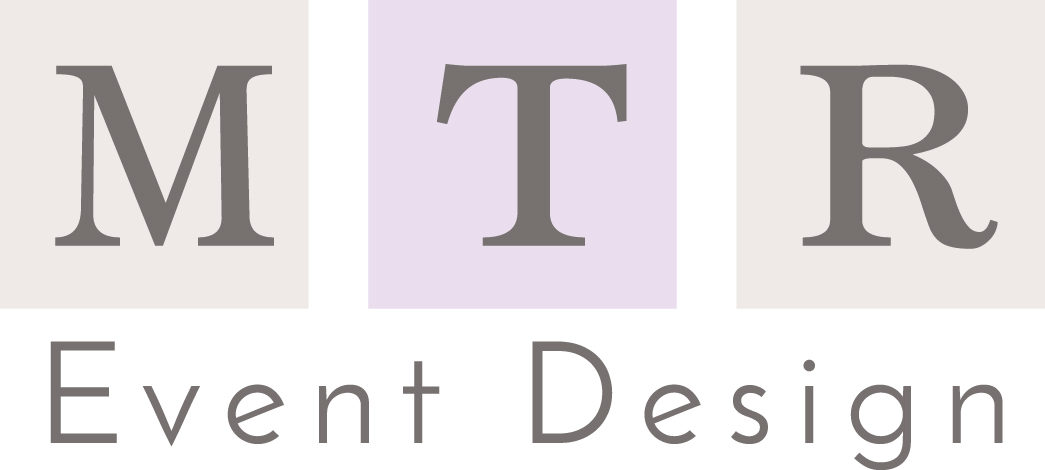Fostering a Strong Community: How to Encourage Networking and Collaboration Among Event Attendees
One of the goals of a course creator or a coach is to deliver valuable content and create a thriving community around your event. The key element to success is to build a strong connection among the participants which can enhance their learning experience, foster networking opportunities, and encourage collaboration. Let’s explore some effective strategies to help you create a vibrant community, enabling your attendees to forge meaningful connections and collaborate with one another.
Pre-Event Engagement:
Building your community begins long before the actual date of your event. First, you want to create a dedicated online space where your attendees can interact and engage with one another. Next, you will want to select a platform, social media group (Facebook or LinkedIn groups), or a dedicated event app, that is easy and accessible for your attendees. This is the time to encourage attendees to introduce themselves, share their goals, and engage in discussions related to your event’s theme. The earlier you get others to engage it will break down the barriers and create anticipation, setting the stage for a strong community foundation.
Engaging Icebreaker Activities
Icebreaker activities are a wonderful way to establish connections and create a path to networking. Implement engaging icebreaker activities into your run-of-show, both online and offline. If you are planning a virtual event, consider using breakout rooms or a virtual platform that encourages networking and allows attendees to engage in interactive one-to-one or small group discussions. For in-person events, organize team-building sessions or interactive exercises that encourage participants to collaborate and get familiar with one another. When you implement these activities, you create a friendly and relaxed environment that fosters networking and collaboration.
Dedicated Networking Sessions
Create specific time slots during your event for networking sessions. These sessions can take the form of a simple cocktail party, speed networking, roundtable discussions, or panel discussions where attendees can share their expertise and engage in meaningful conversations. Encourage attendees to not only bring business cards, but in this digital age everyone is using QR codes and digital business cards that link directly to all their contact and social media information, making it easier for them to connect beyond the event. You will want to make sure these sessions are well-organized and provide detailed instructions and guidelines to maximize their effectiveness.
Collaborative Projects or Challenges
Introduce collaborative projects or challenges that require attendees to work together in small groups or teams. I like to call this the Learn. Do. Share approach. Set it up and assign group tasks related to the course content that has already been taught or around the event theme. It encourages attendees to collaborate and share their expertise and knowledge. This collaborative approach not only strengthens the sense of community but also provides attendees with an opportunity to learn from each other and apply their newfound knowledge collectively. Consider gamifying this and offering incentives or recognition for outstanding group achievements to boost participation and motivation. There are always a few people that have a competitive streak in them and love to win things. You can also have this segment sponsored by one of your partners and promote their participation in your event.

Keynote and Guest Speaker Presentations
Partner with experts in the industry that can lead discussions or breakout sessions that relate to your course topic. These sessions can serve as catalysts for conversations and collaborations among attendees. You may want to select speakers that have the same target market as you do and are not in the same line of work. Reserve time for Q&A sessions or interactive activities to encourage engagement. When you provide valuable perspectives and insights, guest speakers can encourage attendees to connect and collaborate, building a strong community that will continue well after the end of the event. For more information on setting up keynotes and speakers for success, read more on our blog https://mtreventdesign.com/preparing-speakers-to-present-effectively-for-virtual-and-in-person-audiences/
Community Support Post-Event
So, your event is over, and you don’t want to let the connections end there. Develop a post-event support system to sustain the community and facilitate ongoing connections. Encourage attendees to stay involved through the dedicated online platform. Share discussion topics, important resources relevant to your community or follow-up activities related to the event that will also set the tone for your next event. Actively participate in the community, responding to posts and fostering discussions. By nurturing the community and providing ongoing support, you can ensure that all the attendees continue to collaborate and benefit from each other’s knowledge and experiences.
Fostering a strong community around your event, course or webinar is a powerful way to create an amazing experience for attendees. By implementing the strategies discussed here, you can encourage collaboration, facilitate networking opportunities, and create an environment where meaningful connections can develop and grow. Remember, your event’s success is not only determined by the content you deliver but also by the relationships and collaborations that are forged within your community.
